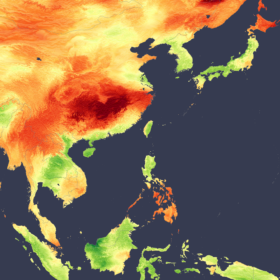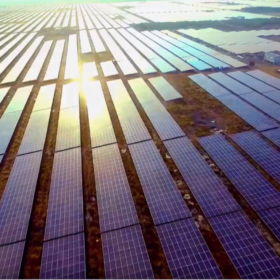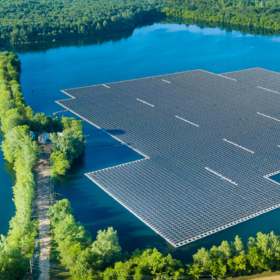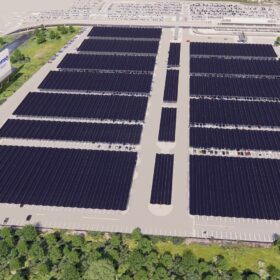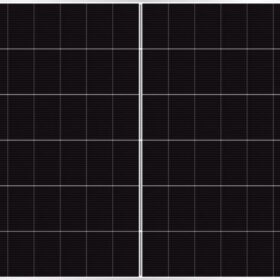Chinese PV Industry Brief: China may add 280 GW of new PV this year
China Securities has revised its annual guidance for China, predicting up to 280 GW of new PV installations this year, while glass manufacturer Kibing and wafer maker HySolar revealed new solar investment plans.
Germany launches new measures to support solar
The German parliament has approved “Solarpaket 1,” a policy package that includes higher feed-in tariffs for commercial and industrial (C&I) solar projects and new measures related to the size of eligible installations in large-scale solar auctions.
Jet stream, prolonged monsoon shape March solar patterns across Asia
In a new weekly update for pv magazine, Solcast, a DNV company, reports that warm sea surface temperatures and disturbances increased onshore moisture along China’s southern coast, which in turn increased solar irradiance by 5-15% on long term averages.
India’s new solar installations hit 6.2 GW in March
India set a new record for monthly renewable energy installations by deploying 7.1 GW of capacity in March 2024. The monthly renewables additions included more than 6.2 GW of solar.
US to upgrade power transmission infrastructure
As the US Inflation Reduction Act (IRA) ramps up clean energy efforts across the United States, the government has outlined a plan to expand transmission lines to accommodate more power.
Chemitek offers new cleaning products for floating PV
Chemitek has developed new cleaning products for floating PV arrays. The Portuguese company says it has tested and confirmed them to be safe for animals and vegetation around such systems.
TotalEnergies builds 12 MW solar carport at New York’s JFK Airport
French energy giant TotalEnergies has started building an onsite solar-plus-storage system at John F. Kennedy International Airport in New York City. It will provide energy to the Port Authority of New York and New Jersey and Con Edison, as well as community solar for area residents.
Norwegian startup unveils CO2 water-to-water heat pump
Tequs said its new plug-and-play heat pump can deliver up to 90 C of heat for space heating, air conditioning, and domestic hot water. The new product is available in eight versions with capacity ranging from 17 kW to 268 kW.
Huasun presents ‘zero busbar’ heterojunction solar modules with 23.8% efficiency
The Chinese manufacturer launched two new module series for utility scale applications. The new products feature a temperature coefficient of -0.24% per C and a bifaciality factor of over 85%.
Solarge plans 500 MW BIPV module factory
Dutch module manufacturer Solarge has raised €3 million venture capital from new and existing investors to expand its recently opened facility where it produces lightweight, low carbon, panels for commercial and industrial rooftops.


